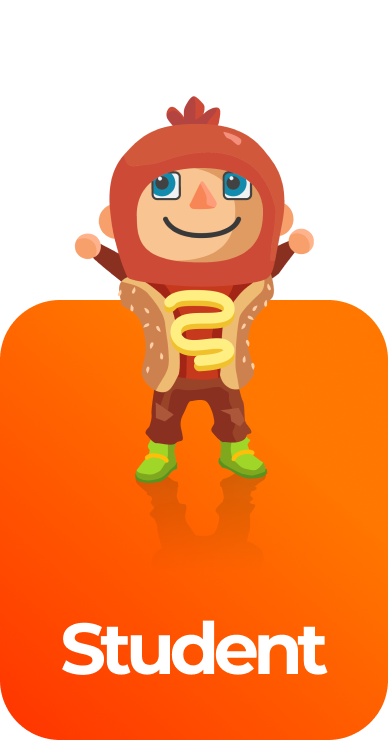Scientific Method (Middle) Games
4 gamesThe Scientific Method (Middle) learning objective is based on NGSS and state standards. It delivers improved student engagement and academic performance in your classroom.
Scroll down for a preview of this learning objective’s games and concepts.
Concepts Covered in Scientific Method (Middle) Games
1. The scientific method is a process that scientists follow to learn about the world around us. It allows other scientists to repeat an experiment and confirm the results.
2. First, scientists ask a scientific question based on observations of phenomena in the world.
3. The second step is developing a hypothesis, an educated guess about the answer to a scientific question based on observations and scientific principles.
4. The third step is planning and investigating to test a hypothesis. When planning an experiment, scientists determine how measurements will be recorded.
5. The fourth step is analyzing data from the experiment.
6. The last step is to draw a conclusion supported by evidence, scientific ideas, and theories.
A preview of each game in the learning objective is found below.
You can access all of the games on Legends of Learning for free, forever, with a teacher account. A free teacher account also allows you to create playlists of games and assignments for students and track class progress. Sign up for free today!










